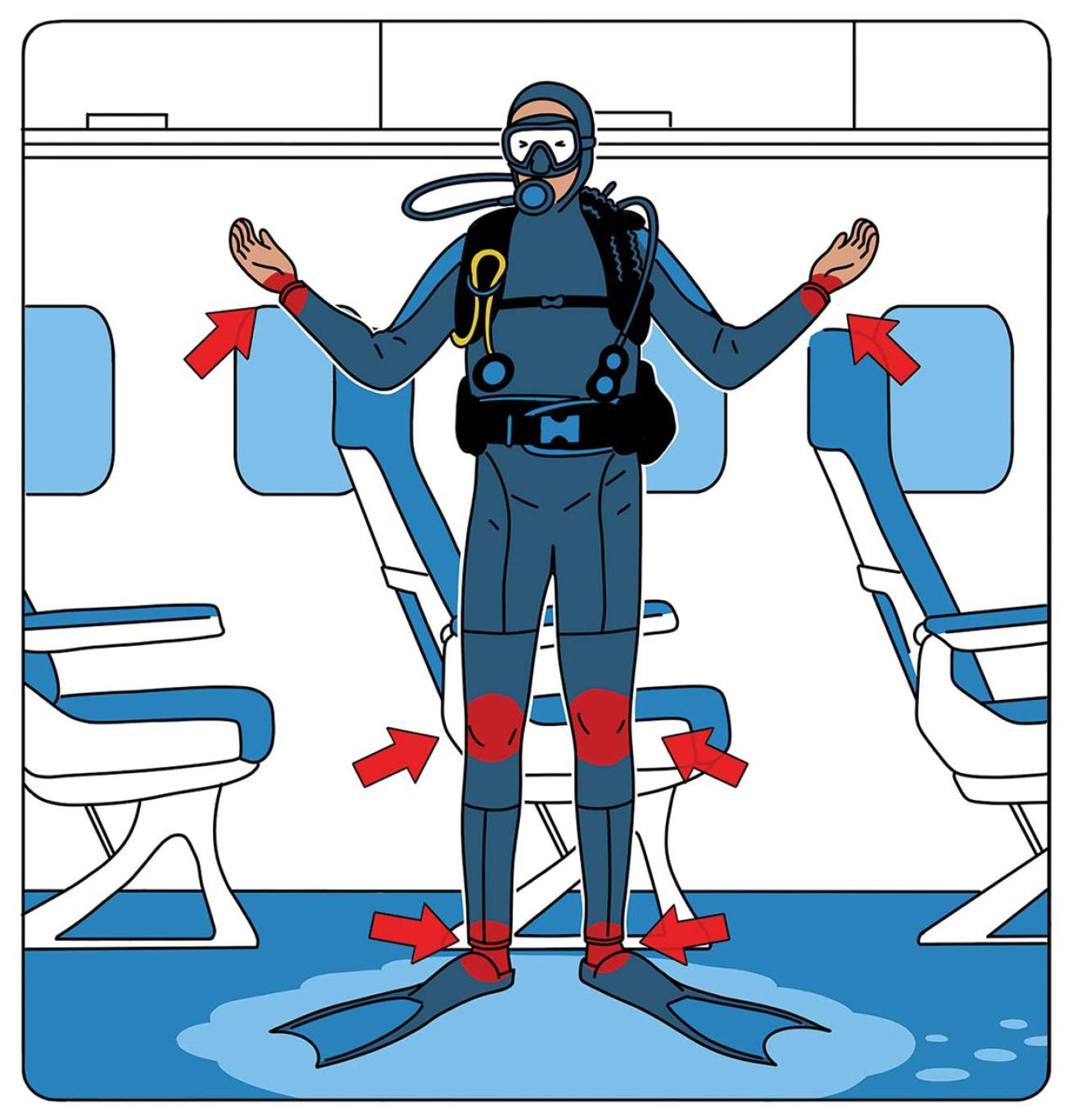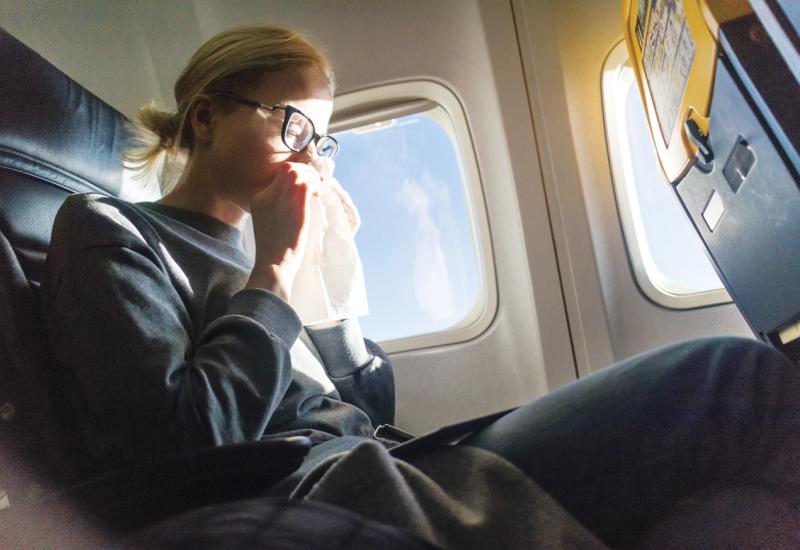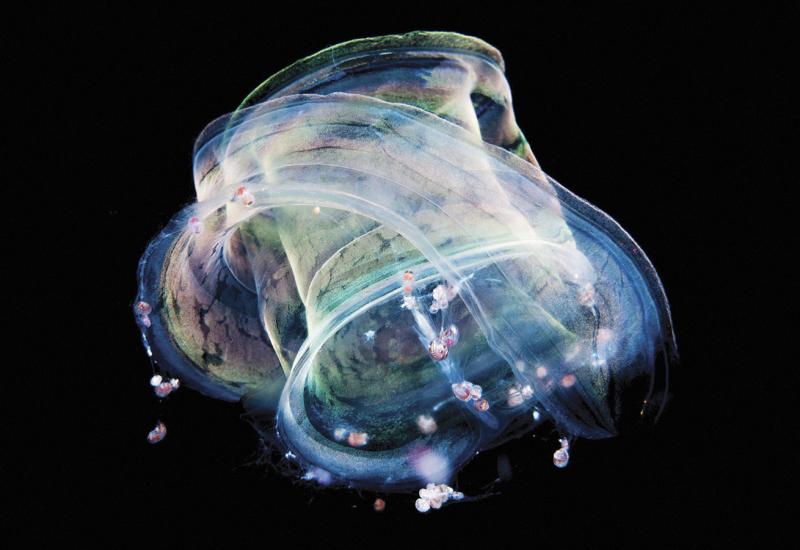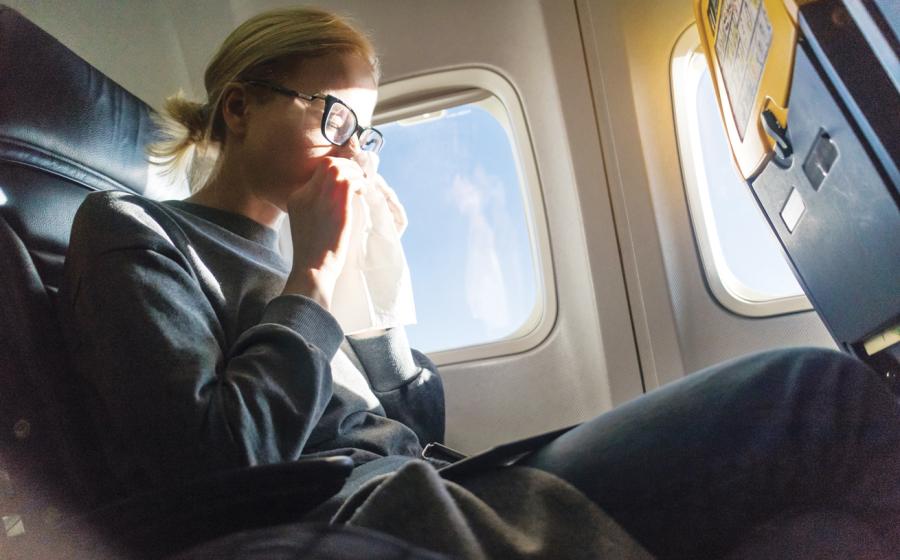Fraught Flight | Lessons for Life

Steven P. HughesAs a general guideline, divers should wait 12 hours or more after a single no-decompression dive before flying and at least 24 after a mandatory deco dive.
Zack hadn’t made a lot of dives since he was certified the previous summer, but he was taking full advantage of the opportunity on this family vacation. He was the only member of his family who was certified, but his parents let him take a day away on his own. He loved the four dives he made with a divemaster, but when he woke up the next day, Zack was feeling a little rough. He had no known medical conditions.
The Dives
Anticipating only one day of diving on this family trip, Zack planned to make the most of it—signing up for morning and afternoon dives with a local charter boat. His first dive was to 50 feet for 35 minutes. About 45 minutes later, he made a second dive to 30 feet for 30 minutes. On each dive, Zack made a two-minute safety stop.
His morning dives concluded, and they headed back to shore for lunch. By the time he was on the second boat ride back to the next dive site, Zack’s surface interval was approximately five and a half hours.
His third dive was to 50 feet for 35 minutes with no safety stop. He made a quick turnaround, just long enough to switch out his tank, and was back in the water for another 50-foot dive for 30 minutes. He finished off that dive with a three-minute safety stop. Zack reported no problems on any of the dives.
The Accident
The next morning, Zack woke up feeling off. He had mild joint aches that got worse throughout the day. The sensation was concentrated in his hands, knees, ankles and feet. He didn’t feel well the rest of the day and said he had never experienced anything like this before. The next day, Zack flew home with his family.
It was almost two full days since his last dive, and a day and a half after he first noticed the pains. During the flight, the pain intensified, and he noticed some swelling in his arms and legs. Zack’s parents took him to the local hospital emergency department when they got home. A doctor trained in diving medicine diagnosed him with decompression sickness and recommended a five-hour U.S. Navy Treatment Table 6 in a hyperbaric chamber. The next day he had a follow-up two-hour treatment; his symptoms improved over the following week.
Analysis
There is no definitive test that shows a diver has DCS. It can only be determined based on the recent history of diving and the onset of symptoms— often these symptoms show up within six hours, although longer durations are not uncommon.
In Zack’s case, he first noticed the presence of symptoms about 12 hours after his last dive. Of course, he was asleep for a good portion of that time. Some of the key determining factors in the diagnosis of DCS include pain that doesn’t change with movement and recognizing it is pain that you have never felt before.
You might have an occasional ache in your shoulder, but if the pain feels different after diving and the sensation doesn’t change when you move your shoulder around, that is a red flag that it may be diving-related.
About 42 hours after his last dive, Zack boarded an airplane. Under normal circumstances, that would be plenty of time to let the excess nitrogen in your body off-gas, but in this case, Zack had untreated symptoms that were exacerbated by the flight.
Commercial airplanes are pressurized, but they are not pressurized to sea-level pressures. Typical cabin pressure is set to between 6,000 and 8,000 feet. That is the equivalent of driving up a very steep mountain very quickly and staying at that elevation for hours.
General guidelines for flying after diving state that divers should wait 12 hours or more after a single no-decompression dive before flying. They should wait more than 18 hours after multiday or repetitive no-decompression dives. If you’ve made a mandatory decompression dive, you should wait more than 24 hours before boarding an airplane.
After Zack’s first treatment, there was very little change in his symptoms initially. He experienced a little more improvement the next morning after the second, shorter treatment and then the symptoms fully resolved over time.
This is not uncommon when it comes to DCS. Ideally, DCS should be treated right away. The delay in treatment—a day and a half after the symptoms first presented themselves—made Zack’s injuries harder to treat, and slower to heal.
Symptoms of DCS Include:
| Mild | Muscle or joint pain; Skin rashes, mottling or swelling; Tenderness, especially around the skin; Mild fatigue |
| Severe | Numbness, tingling and muscle weakness; Difficulty walking or loss of coordination; Confusion; Vertigo; Chest pain or difficulty breathing; Bladder or bowel dysfunction; Tinnitus or hearing loss |
Lessons For Life
- Recognize the symptoms. The symptoms of DCS can be subtle, and the most common symptom of DCS is denial. Learn to recognize signs and symptoms, and seek help immediately when you notice them.
- Training. Get trained in oxygen first-aid. Prompt administration of 100 percent oxygen after symptoms present themselves can speed healing and reduce long-term problems.
- Seek medical help. When you believe you have symptoms of DCS, consult a physician trained in diving medicine or call the DAN hotline.










